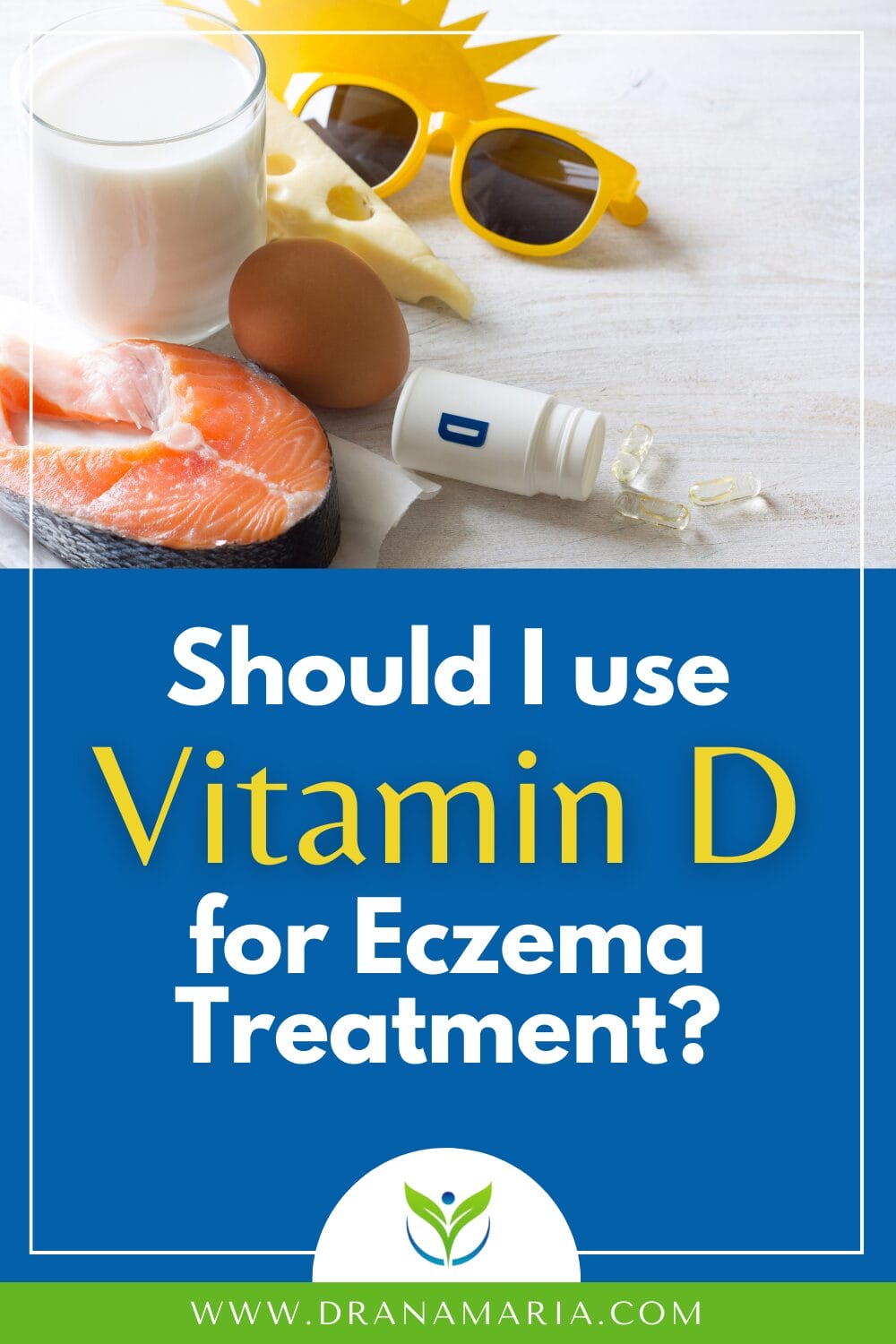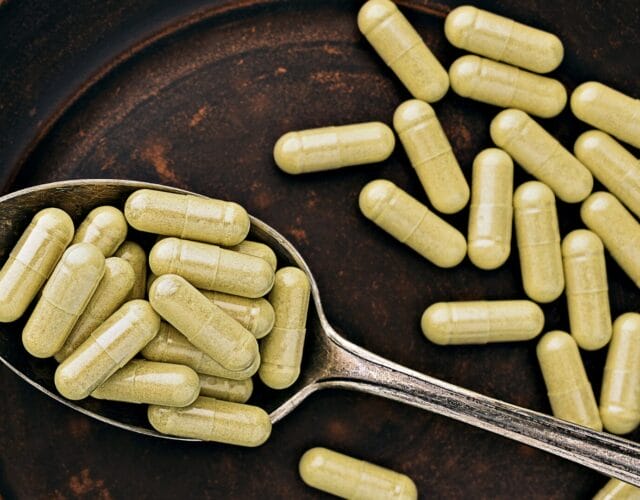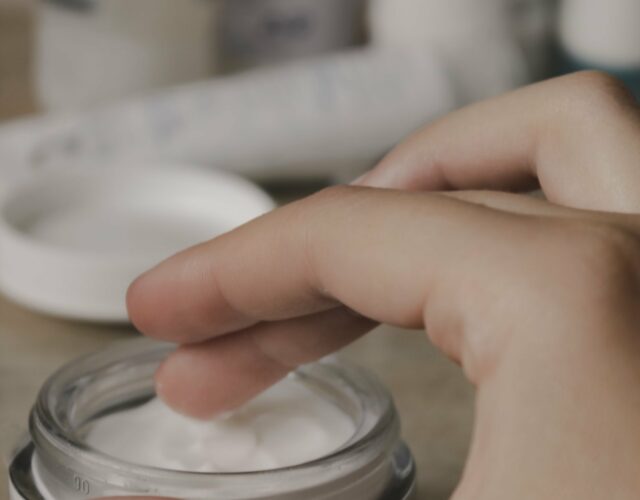I am often asked, “What vitamins or supplements should I use for my child’s eczema?” And I always tell parents that eczema can not be treated by a pill alone – diet and lifestyle are key – I do admit that one supplement seems to stand out from the crowd for eczema. Enter my man Vitamin D.
Vitamin D, also known as calciferol, is actually NOT present in many foods. If you read a label that says “great source of vitamin D” its because the manufacturer has added it into the food. Humans generally derive over 90% of our vitamin D from that great big ball of burning gas in the sky – our sun. Our skin is pretty darn smart and utilizes the UV rays from the sun to synthesize vitamin D. But the reality is that humans are spending less and less time in the sun. In fact, vitamin D deficiency is a growing global problem, especially in kids. Numerous studies indicate that over 50% of children have low levels of vitamin D. How much vitamin D do we need? The chart below gives the general recommendations for vitamin D intake.
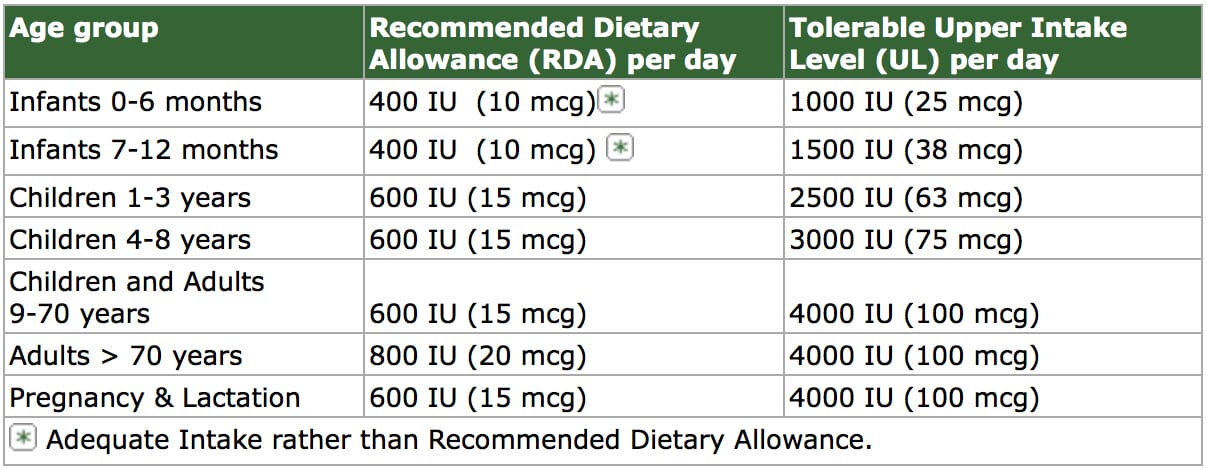
This is particularly true in babies who must get all of there vitamin D from mother’s breast milk (or formula) but are rarely in the sun. So if mama is vitamin D deficient (which is common), so is baby. This may be one of the reasons that eczema starts in the first year of life – not enough of the D man. But there is a lot more evidence that lack of vitamin D plays an important role in the development of eczema. Numerous studies have shown a close association between eczema development and low vitamin D levels. In fact, the further north (or south) you live from the equator, correlates with increasing risk of eczema development – another reason we should all live on a beautiful sunny beach in the tropics!
Check Out My Eczema Transformation Program
In fact, one study showed that eczema sufferers from Norway (latitude 63 deg) were sent to the Canary Islands (latitude 23 deg) and had dramatic improvements in their eczema. Researchers felt this improvement was likely from vitamin D elevations. Individuals with darker skin (black, hispanic, Indian) have less ability to synthesize Vit D in their skin, thus they are more commonly Vit D deficient AND – you guessed it – they have much higher rates of eczema. Additionally , an American study showed that eczema sufferers also had higher risk of fractures! Why? Vitamin D of course, which most people recognize as being important for bones. Also, many kids with eczema also take steroids which weaken bones! So why is our friend D so important to prevent eczema which is a skin problem?
In eczema, vitamin D directly suppresses skin inflammation by increasing the production of an important anti-inflammatory protein (IL-10). It plays an important role in the general regulation of our immune systems, an important issue in autoimmune problems such as eczema (also see my post on Histamines and Eczema). Lastly, it increases antimicrobial activity against staph infections. Fun fact: people afflicted with eczema tend to have higher levels of Staph Aureus on their skin. Vitamin D (via supplements or sun) stimulates skin cells to produce a protein that fights against Staph Aureus.
There are likely many more mechanisms that we don’t even understand yet. So it seems pretty obvious to me that one of the first steps in treating eczema is to get vitamin D levels elevated – NOT starting high doses of steroid creams! Crushing the immune system with steroids and cancer treating drugs is not the best way to approach eczema – but the big pharma companies are making billions of those drugs. This is why I started my Eczema Transformation Program!
How to Raise Vitamin D Levels for Eczema Treatment
So the first option is to get a bit of sunshine in your kid’s lives if possible. Although it seems intuitive that sunscreen would block the formation of Vitamin D, studies have not shown a dramatic reduction in vit D production when sunscreen is used. Likely because we are all terrible at applying it effectively, don’t use it frequently enough, and don’t use adequate SPF. Hence, put on some sunscreen and get the kids outside already! Studies have shown that as little as 5 minutes daily in the sun, preferably between 10am and 4pm, can significantly raise vitamin D levels. And kids should be outside more anyway! Secondly, maximize food sources of vitamin when possible. Chart below shows foods high in vit D.
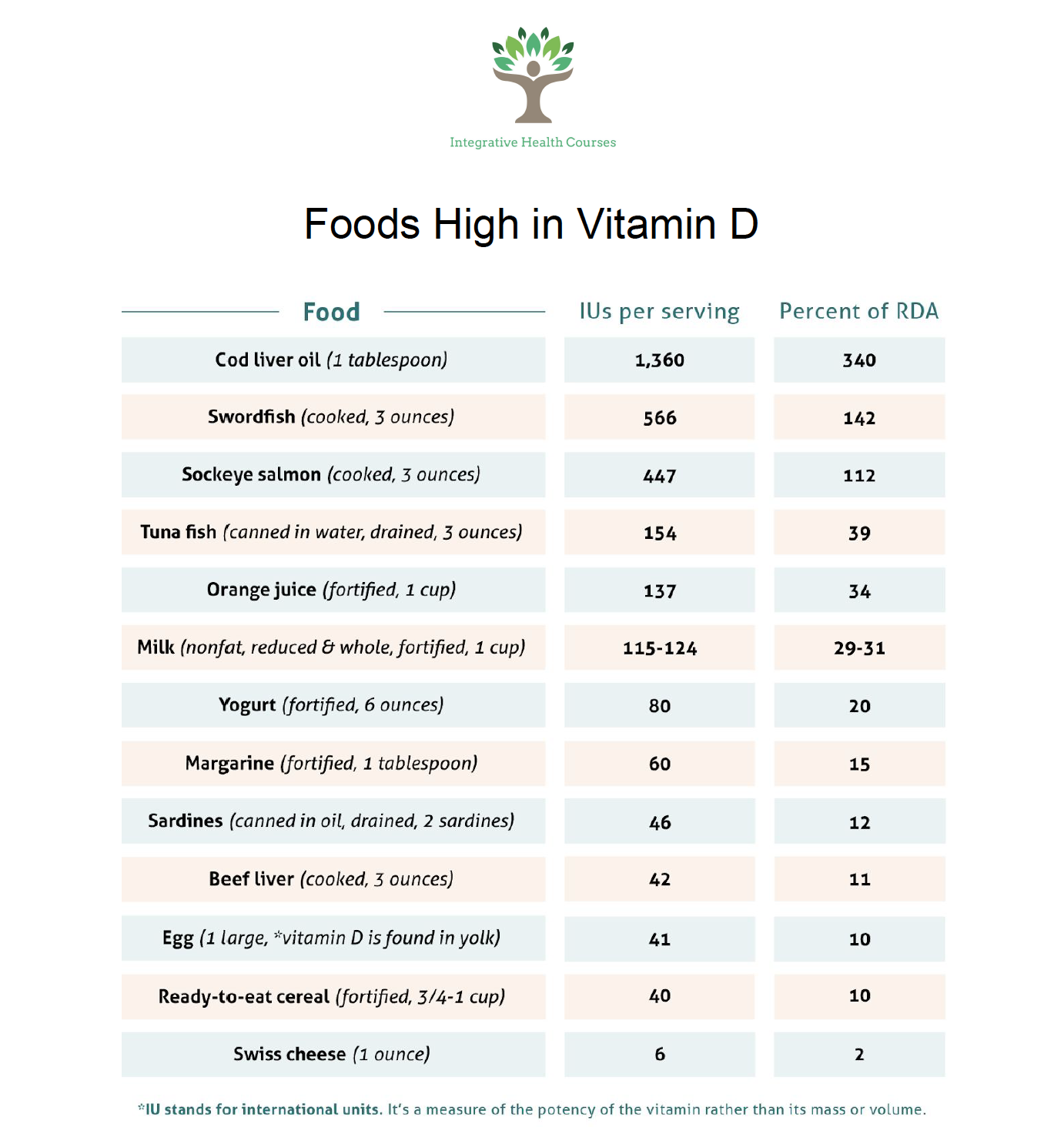
Assuming your kids are like mine, they probably aren’t going to crack open some cod liver oil for breakfast, or snack on the can of sardines after school. But anywhere you can add these products into your cooking will help. For some great recipe ideas on vitamin D loaded foods, check out this post by Lindsay Kingdon at 7LayerCharlotte. Also, for the rare times you do have processed foods, choose ones fortified with vitamin D. After maximizing sun and food, supplementation may be required to bring those vitamin D levels back up. Particularly folks that live in northern climates during winter months may have limited access to sunshine. It’s rare that I recommend one supplement to everyone, but that exception is typically vitamin D – since SOOOO many kids are deficient. As soon as you type in vitamin D in google, you will be inundated with products and suggestions – so how the heck do you choose? Get ready for a nerdy yet thrilling ride into the world of vitamin D supplementation.
A Word of Caution on Supplements
First a note on supplements – my general feeling is that you should try everything possible to get your minerals and micronutrients via fresh fruits and vegetables, whole foods, organic meats, and wild caught fish as discussed in the previous food chapters. If you do take supplements beware – it’s the wild west out there in supplement land. I tell my patients to be very wary of supplements sold on Amazon. One study showed that the actual amount of micronutrient contained in randomly selected supplements ranged from 9% to 146% of what the bottle label stated. In the United States you can look for labels including cGMP (current good manufacturing process) as a minimal standard to avoid gross contamination. But for true confidence in what your taking you want approval from a third party testing company. 2 major NONPROFIT companies are in the United States are NSF and USP which both provide accurate supplement testing. 2 newer FOR-PROFIT testers have emerged including Consumerlabs and UL (labels below). Pretty much all the other “verified by” or “approved” stamps on bottles are meaningless. For this type of testing I tend to trust the NONPROFIT companies to give me unbiased data.
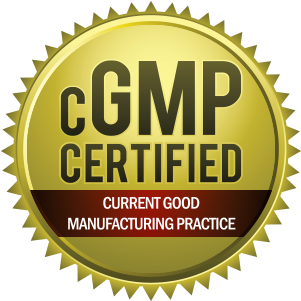

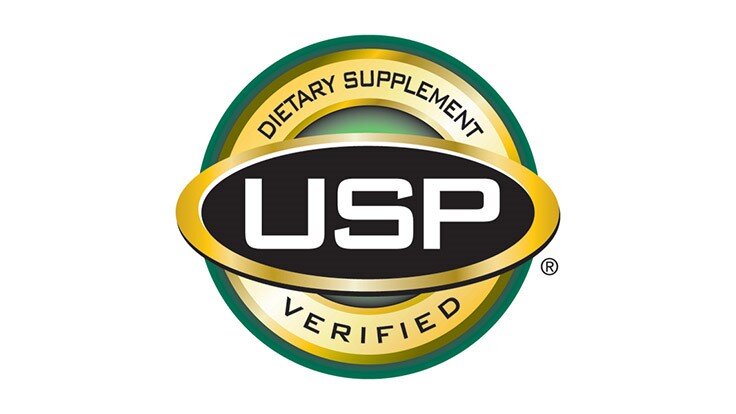
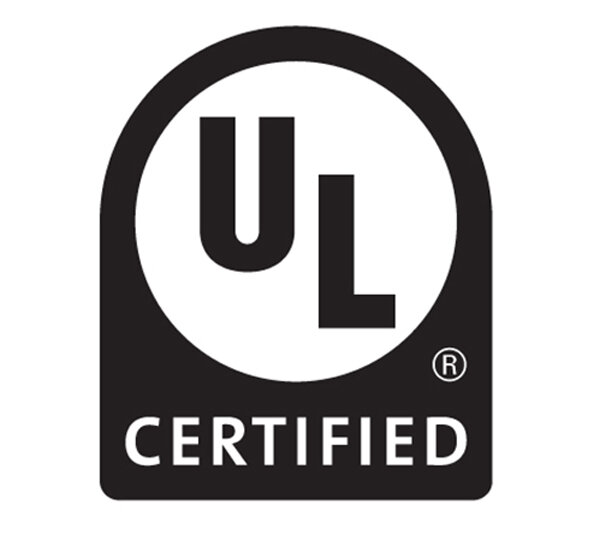

Understanding Vitamin D Supplements
There are 2 primary types of vitamin D: D2 also known as ergocalciferol and D3 also known as cholecalciferol. Both forms of vitamin D are readily available as supplements and both have been shown to be effective. Typically D3 comes from animals – it’s also the type that our skin makes- while D2 typically comes from plants. Thus if you are a strict vegan, you may want to choose a D2 source (although one company now has made D3 from lichen). There have been numerous studies on which form is better at raising vit D levels and looks like D3 has the edge and is a bit more effective. Now we need to dive into the weeds a bit to discuss additional aspects of vit D supplements.
Heal Your Eczema without steroids
To understand some of the minutiae of vit D, we need to review how vitamin D is absorbed and its mechanism of action. If ingested (either D2 or D3), vit D moves into the small intestine where it must mix with bile salts. Since vit D is a fat soluble vitamin, it needs to mix with fat to be absorbed. The bile salts provide fat to surround the vit D in a fat layer and allow absorption. Bile salts are stored in the gallbladder and thus people who have their gallbladders removed are at risk of vit D deficiency. This is why many vit D supplements also provide a fat/lipid/oil source within them. The vit D (still not activated) then moves into the liver along with any of the vit D that was made in the skin and is converted to calcidiol (AKA calcifediol). When your blood is tested for vitamin D levels, we are actually measuring the level of calcidiol. Calcidiol then moves to the kidney and is ultimately turned into it’s active form, called calcitriol. Sorry about the big word soup here. Calcitriol then is a highly potent hormone that performs all the functions we associate with vitamin D: increase calcium absorption in the gut, manage calcium in bones, supports the immune system, and helps the skin as previously discussed. The pic below attempts to show this….
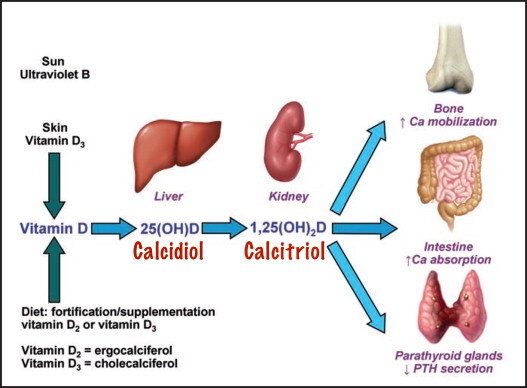
So we know D3 is a better supplement than D2, but what about the form? Liquid, spray, pill, powder? It’s overwhelming. Lots of studies on this as well – many of them sponsored by the supplement manufacturer so you need to take this with a grain of salt. As we discussed, vit D needs to be wrapped in fat to be absorbed in our gut. Science has created ways to wrap the vitamin D molecules inside fat before it even gets in our bellies – several major forms exist – emulsions, micelles, and liposomes. This is where things get murky as each company claims their “proprietary delivery system” is special and unique. For the purposes if this review, we will group emulsions in with micelles. Micelles and liposomes are both tiny little fat balls that hold the vit D inside – but from a molecular point of view they are very different. See pic below…
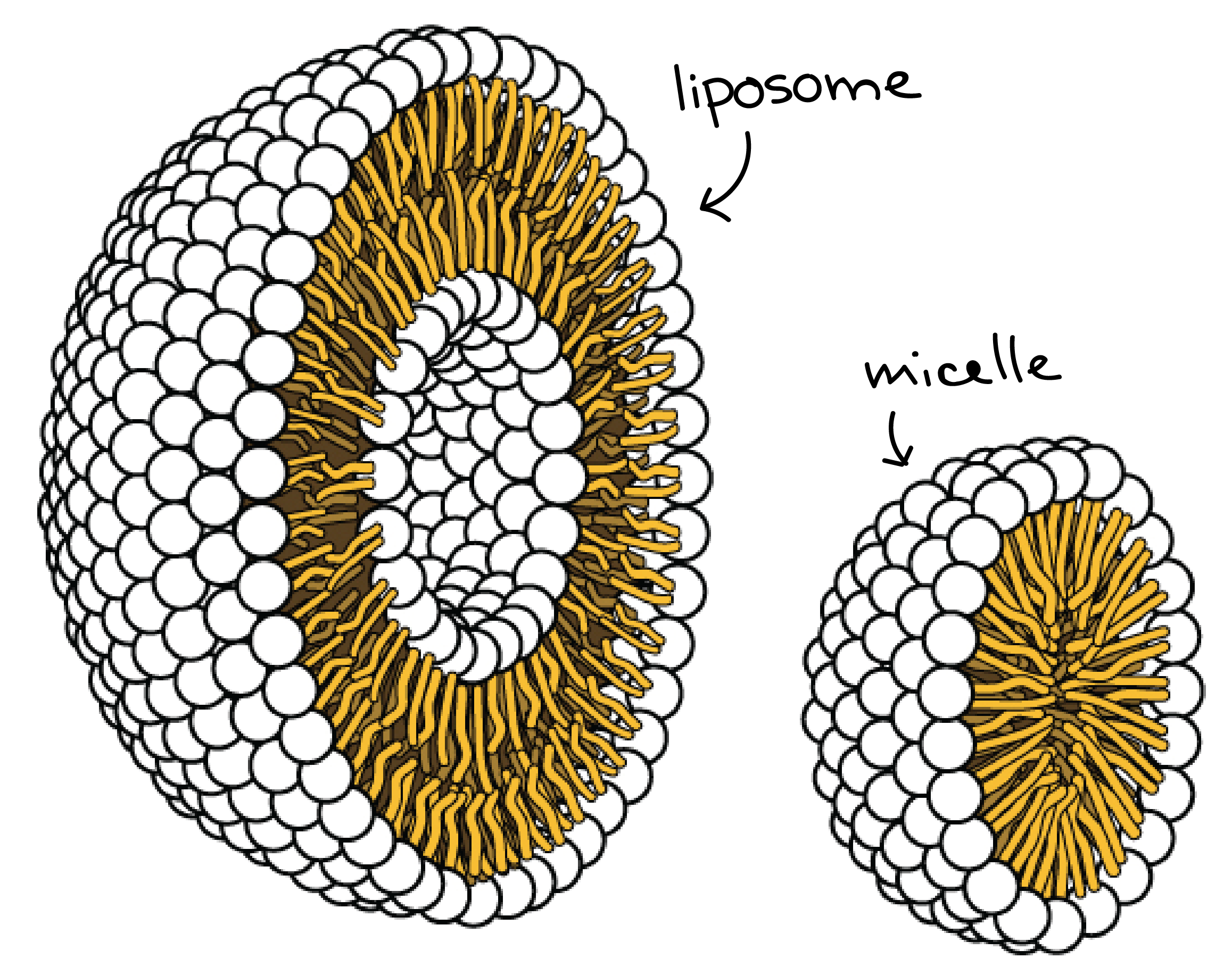
OK – so maybe they don’t look all that different to you, bit if you were a little vit D molecule its like a Rolls Royce versus a Hyundai in the drug delivery world. Packing the vit D in a liposome (termed microencapsulation) allows larger amounts the vitamin to be carried and provides delivery all the way to the tissues, whereas the micelle releases its contents immediately upon encountering body fluids. Studies (industry funded) have shown that supplemental nutrients such as vitamin C, D and glutathione are more effectively absorbed when carried in liposomes. Although more study is needed, it looks like Liposomal Vitamin D3 may have the highest absorption rate. What about capsules and powders? Your body treats these two formulations the same. Once the powder is ingested and moves to the small intestine, the bile salts from the gallbladder wrap the Vitamin D in fat which then gets absorbed in the intestines. So does higher absorption mean better results? Not necessarily. There is no convincing data at this point that one form form of vitamin D is clinically superior to any other. Meaning some forms may raise vitamin D levels a bit faster, but that hasn’t translated to significant reduction in eczema symptoms compared to other forms. I think focusing on a quality, third party tested product is the most important factor.
Why Does My Vitamin D Supplement Contain K?
You will notice that many vit D supplements also contain K2 – what the heck? Why would I need vitamin K? Here’s the long winded answer. Remember that vitamin D is very important in the regulation of calcium in our bodies – but so is vitamin K. It turns out that vitamin D and K work in close harmony to manage calcium regulation. In fact, vit K may actually help protect us from the negative aspects of vit D. If we get too much vitamin D it will cause our calcium levels to get too high. That excess calcium can get deposited on the walls of blood vessels – that calcification is responsible for much of our cardiovascular (CV) disease. Vitamin K takes that extra calcium and directs it towards bone and other useful places to protect our CV system. Thus by combining vit D and K, we gain CV benefits in addition to the bone and skin benefits.
So why K1 versus K2?
Ok – I am really trying NOT to confuse you. But of course there are 2 primary types of vitamin K – K1 and K2. K1 is found in green leafy vegetables and is the predominant form in the human diet. For some great combo recipes packed with both vit D and vit K, check out this post by 7LayerCharlotte. K2 is found in found in highly fermented foods such as sauerkraut, natto (a Japanese food made of fermented soybeans), cheese, liver, and yogurt. It is also produced by bacteria in our guts. K1 and K2 actually have different functions in the body and both are necessary. Since K2 is better absorbed in our guts, and less common in our diets, it is the one added to supplements.
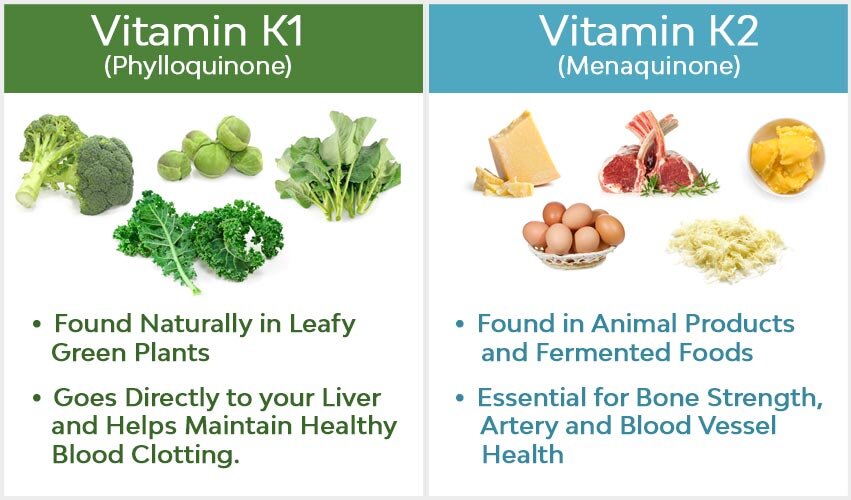
The Verdict on Vitamin D for Eczema Treatment
Before I give you my verdict I want to repeat something – GET YOUR KIDS OUTSIDE! I can’t stress this enough. No supplement company on earth has been shown to be better than our skin and the sun at cranking out high quality vitamin D. Now with that off my chest I will give you the bottom line. Current research shows that Liposomal packaged Vit D3 may have the highest absorption rate compared to other forms. But again, it has NOT been shown to be more effective at reducing symptoms of eczema (more studies needed). There are even other factors like binders, alcohol, natural flavors, sugar, fillers and excipients which are all the “extra” ingredients in your supplements – but we will save these for another post. Basically there is no perfect vitamin D supplement. I think getting the vitamin D from a reputable source is probably the most important factor given the high variability in contents and quality. My current favorite is NOT a liposomal form – primarily because the current liposomal forms are filled with added sugars, flavors and fillers that I don’t like. Currently, I use OrthoMolecular Liquid D3 with K2 because it is super clean without added ingredients, but not NSF certified.
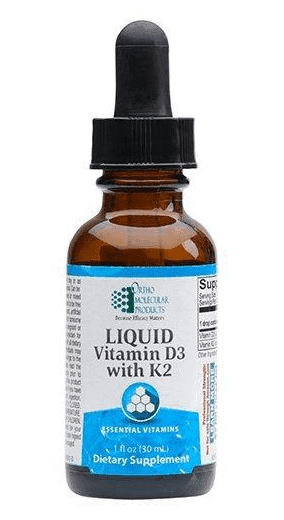
Start Healing Eczema Now
Have questions?
We will answer! Book a call here to chat with one of our program experts and get all your questions answered.
In good health,
Dr. Ana-Maria
Found this post helpful? Save for later!
